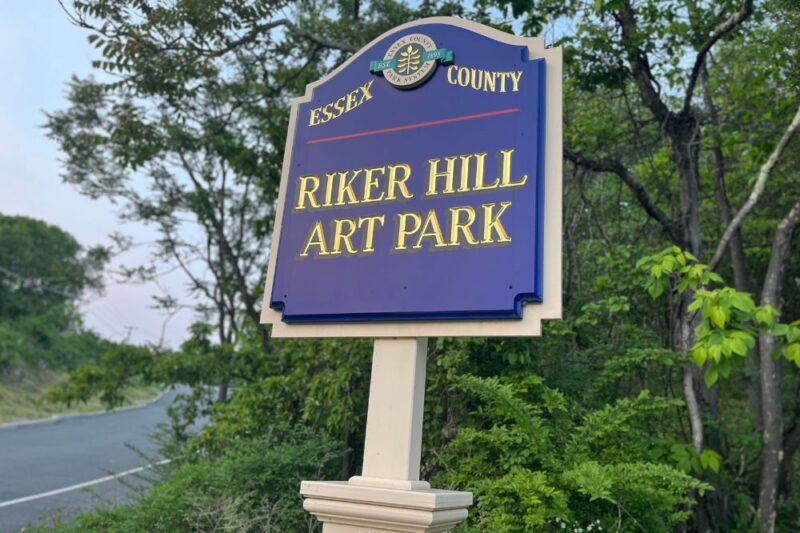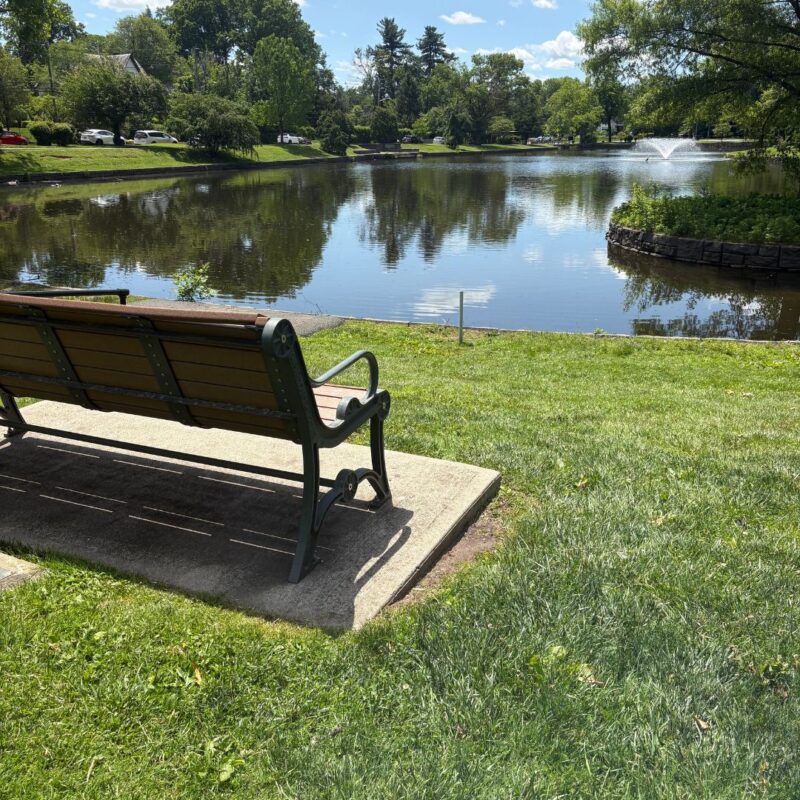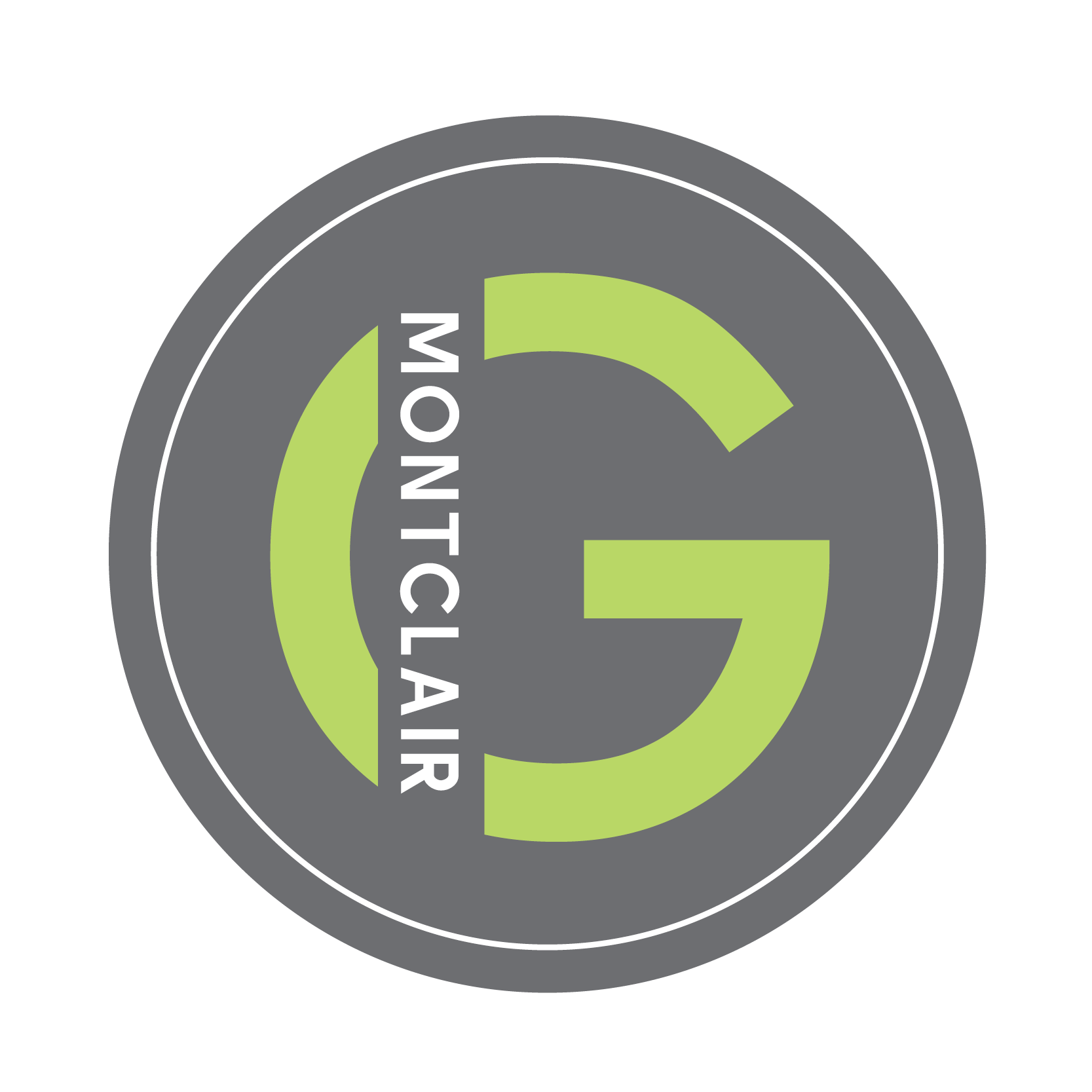Riker Hill Art Park has a rich history characterized by dinosaurs, witchcraft, 20th-century Cold War defense, and art. Tucked into a residential neighborhood in suburban Livingston, one might miss this Essex County park located at 284 Beaufort Avenue. The Montclair Girl is here to unearth this hidden gem and keep you updated and aware of all Essex County has to offer. Read on to learn all about Riker Hill Art Park in Livingston.
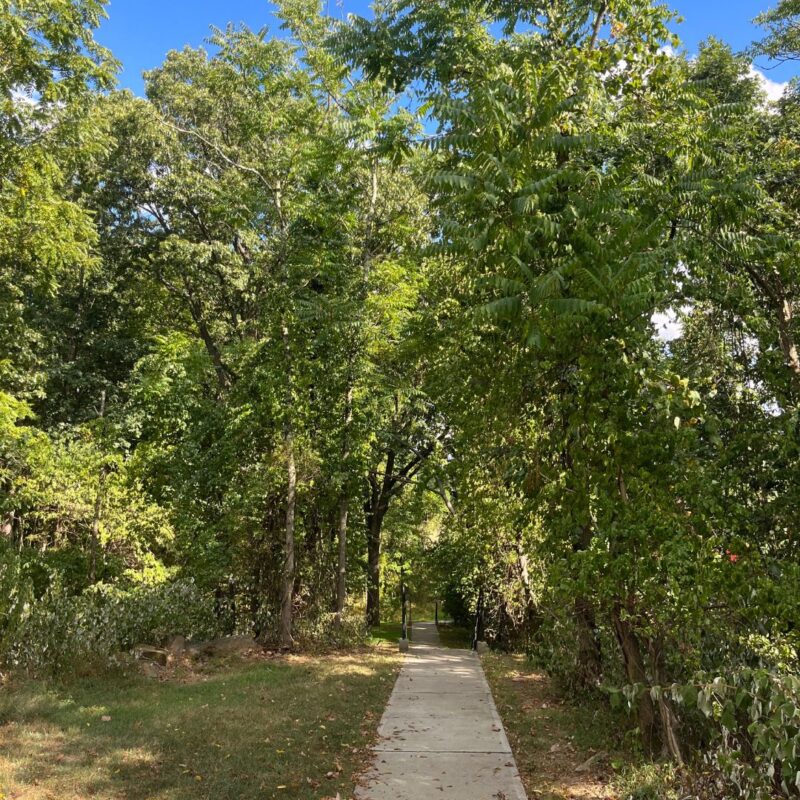
The Colonial Era
Two hundred million years ago tiny dinosaurs left their footprints near Riker Hill which were discovered in the late 1960s. In the mid-1700s, the area was a concern to nearby landowners. Local legend states that the wooded hill was occupied by a squatter named Peter Riker and his mother who was rumored to be a witch. This lore gave the area its name.
Read More: Kingsland Park: How Nutley’s Historical Park Came to Be
Cold War Era
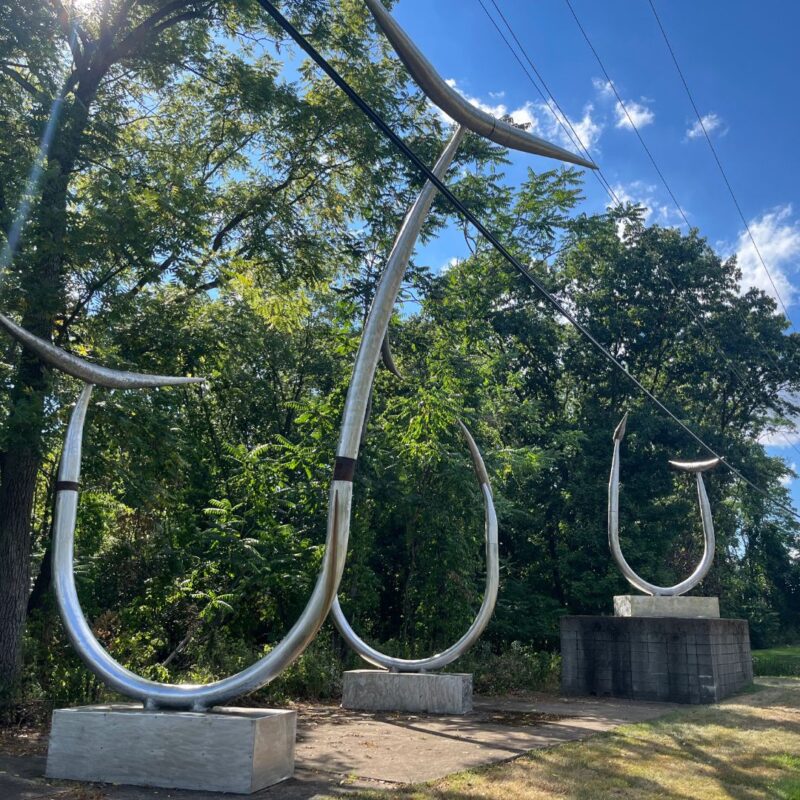
From 1954 to 1974, Livingston had a role in the Cold War. The United States Army’s Nike Air Defense System comprised a chain of anti-aircraft missile sites encircling major US cities, like New York City. These were intended to intercept Soviet transcontinental nuclear bomber aircraft in the event of an attack. Riker Hill’s high elevation was an optimal location for one of the project’s radar installations given its clear line of sight for the defense of the Tri-State area. Riker Hill was dubbed “Control Area, Nike Battery NY-80,” and the radar station was responsible, in the event of an air attack, for tracking enemy aircraft and transmitting guidance information to missiles after launch. By the 1970s, the technology and purpose of Riker Hill became obsolete as weapons systems advanced.
As an Essex County Park
In 1974, the area was decommissioned and listed as surplus federal property. The Essex County Parks Department was interested in the space and by 1977 acquired ownership of the 43-acre site. This purchase cost the county only $1. For the first few years, the county-operated a geology museum on the site, called the Essex County Geology Museum, where it showcased the dinosaur footprints and fossils discovered at Roseland Quarry, also now known as Walter Kidde Dinosaur Park. However, budget constraints and poor attendance at the small museum resulted in its closure.
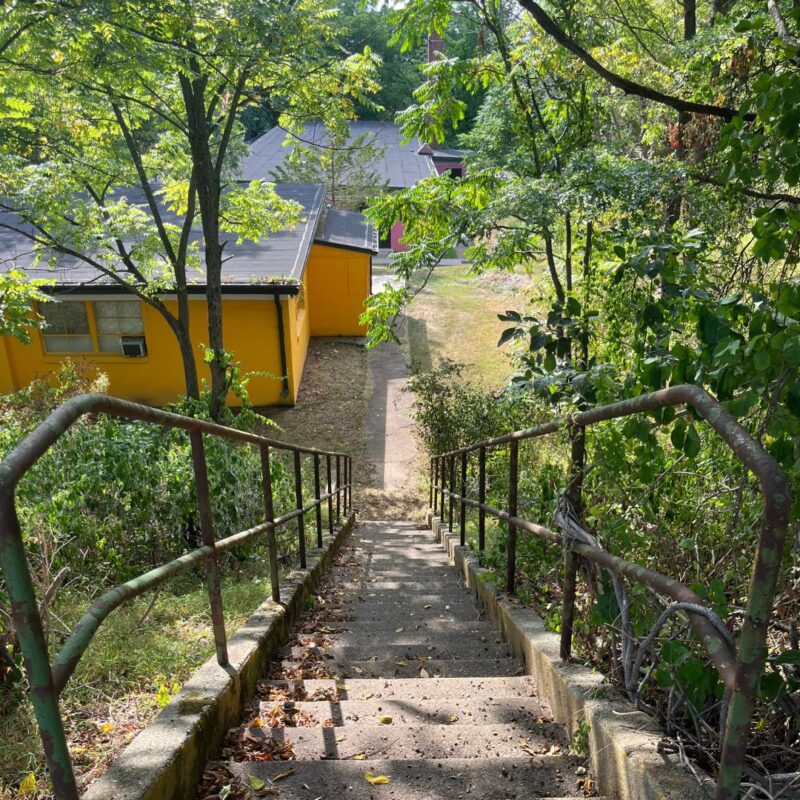
Local artists and heads of the Essex County Parks Department proposed the creation of a “self-sustaining complex of artists studios or craft facilities at Riker Hill.” By 1982, the Parks Department transferred control of the space to its Division of Cultural Affairs, but with no budget to support it. Instead, artists would self-support the Art Park by teaching classes to the public and selling their artwork. Most buildings on site had no heat, water, electricity, roofs, windows, or even doors. With time and a lot of hard work, the artists transformed the space into what it is now today. The space also received assistance from local corporations, such as NJ Bell Telephone and PSE&G, who helped by donating lighting and electrical materials, furniture, and even windows and doors. In the first three years, five outdoor sculptures were donated to Riker Hill. These pieces were Urban Bones, Graceful Stones, Creation, Colored Landscape, and Bicycle Flute. By the summer of 1986, all the buildings were occupied and events were being held at Riker Hill.
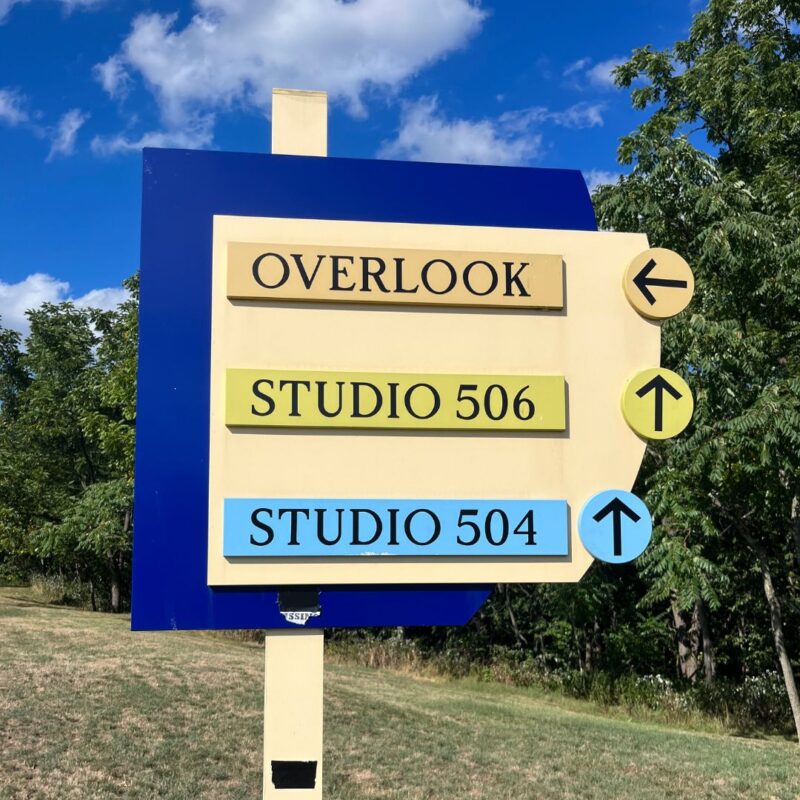
The park continued to host popular and groundbreaking events such as Jazz Under the Stars, Shakespeare in the Park, the annual arts open house, architects consortium, and public group visits to the studios. In 1991 the park’s three iconic, twenty-foot tall, stainless steel, “Whale Tail” outdoor sculptures were donated by the Livingston Mall. That same year a graphics arts studio and the ceramics studio were added. Within the next few years, Riker Hill was a fully functioning and comprehensive art facility featuring 35 studios including glass blowing, painting, photography, clay, jewelry, weaving, steel sculpting, and woodworking.
See More: Stevens Park: The Little Hoboken Park With a Big History
Riker Hill Art Park Today
The Riker Hill Art Park still thrives as an artist community. Explore its website here to learn about the artists, classes available, open studio classes, studio space opportunities, and exhibitions. Those visiting the park can also drive around, find a place to park, and explore. Located along the Third Watchung Mountain, Riker Hill Art Park has amazing views looking westward, especially at sunset. There are also a few walking paths around the property that allow one to view the sculptures on site as well as the remaining Cold War structures.


